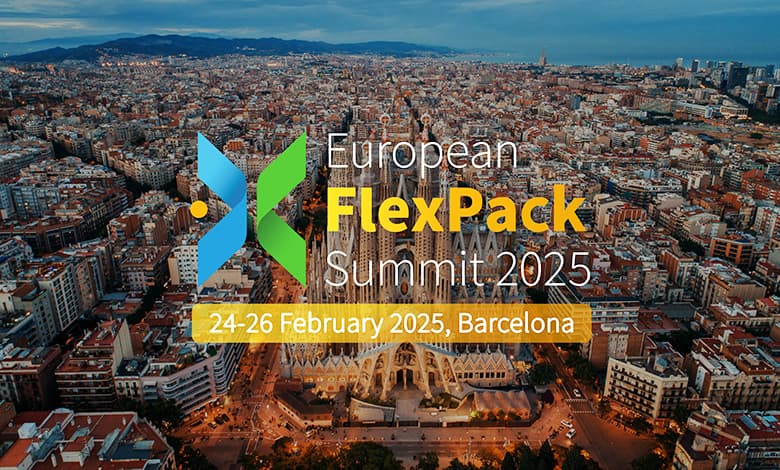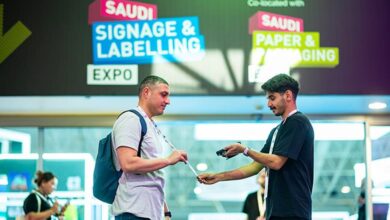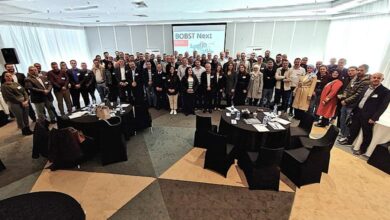Barcelona Gears Up for Inaugural European FlexPack Summit

Barcelona is set to host the first European FlexPack Summit for 2025. Organised by Flexible Packaging Europe (FPE) – the association of flexible packaging manufacturers – the event will be held at the fully-revamped Torre Melina Gran Meliá from 24-26 February, 2025.
The summit’s conference programme will cover an exciting range of topics relating to global market developments, trends, sustainability issues, and current European legislation.
Need for Events to Focus Exclusively on Flexible Packaging
Despite its significant contribution to food packaging and its importance in various sectors, specific events focussing exclusively on flexible packaging and its unique requirements have been difficult to find in Europe. Flexible packaging has faced many challenges in recent years and is increasingly subject to new regulations that influence its future use. However, it will continue to be a significant part of the packaging industry thanks to new developments in recycling and packaging design for a sustainable circular economy.
Great Networking Opportunity
Parallel to expert presentations and panel discussions, networking will also play a major role at the summit. In Barcelona, participants can expect a first-class setting and an appealing selection of culinary delights, creating the perfect setting for informal discussions during coffee breaks, lunch, and dinner. In addition, an exhibition area offers the opportunity to obtain comprehensive information about new products. Here, a limited number of suppliers from diverse sectors including raw materials; printing and lamination technology; printing inks, adhesives, and coatings; and other industry-relevant products will have the opportunity to present their contribution to the future of flexible packaging.
The target group of the summit are converters and users of flexible packaging. Limiting the number of participants from the supplier industry to one third of the available tickets ensures an optimal thematic focus of the event.
For more information and latest updates, log on to www.flexpack-summit.com





